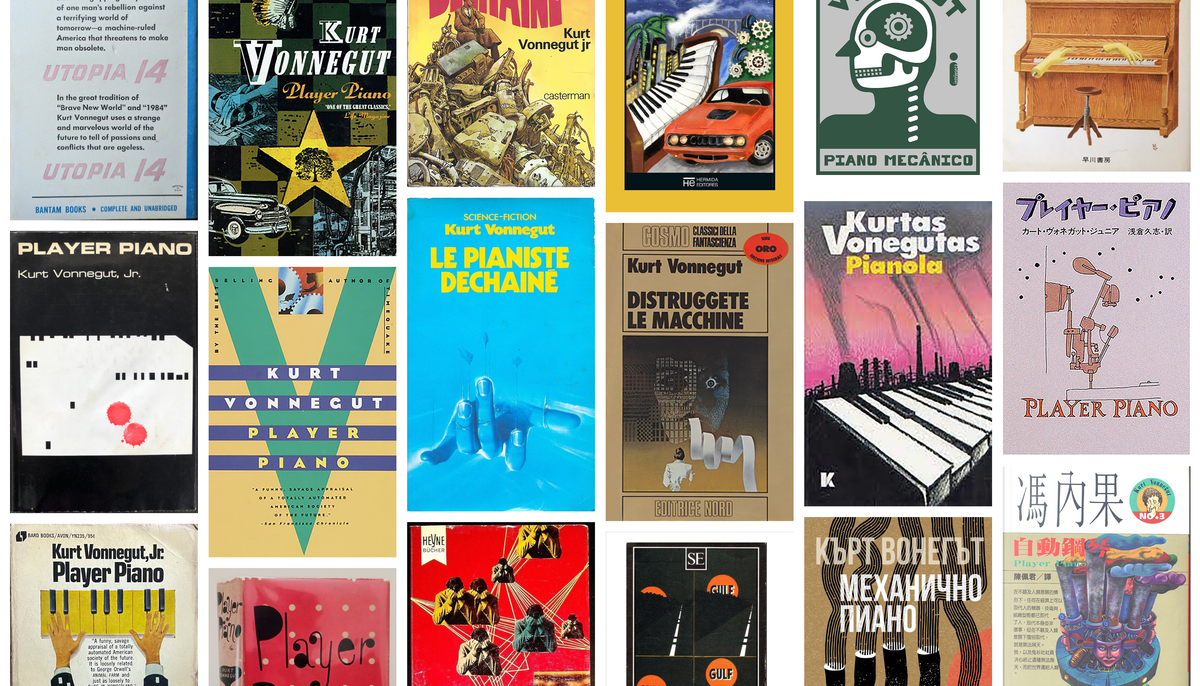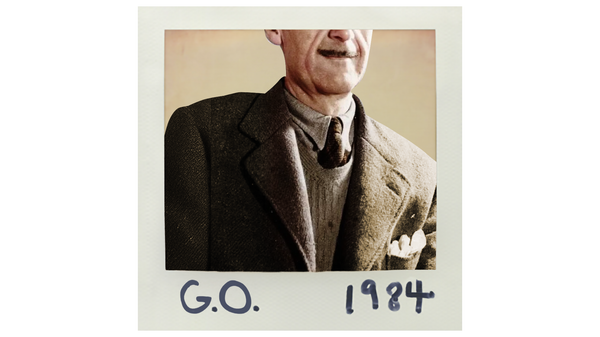Player Piano: Over the Years, Around the World

Early on in Player Piano, star engineer and insufferable malcontent, Ed Finnerty delivers one of Vonnegut’s more memorable lines; a line of his that people still like to quote today.
“I want to stand as close to the edge as I can without going over,” Finnerty tells protagonist Paul Proteus. “Out on the edge you see all kinds of things you can't see from the center.”
When Vonnegut had Finnerty deliver that line, he himself couldn’t have known that he would spend the next 17 years of his literary career, perhaps his entire career, on the edge of two worlds.
One edge on which Vonnegut perched belonged to the world of popular science fiction. The other belonged to the world of serious literature. From the beginning of his career, publishers and critics weren’t sure what to do with him. And it started with Player Piano.
The first edition of Player Piano was published by the highly respected publisher, Charles Scribner and Sons. They released 7,600 copies of the book in a fairly standard hardcover run for the time. The book received a couple of warm reviews, but they weren’t enough to keep it in the serious literary conversation.
“Vonnegut soon saw his publisher propel the book downward into niche-market obscurity,” explains Jonathan R. Eller, in Mustard Gas and Roses, a review of Vonnegut’s life and works. “Scribner's controlled sale of secondary book rights, and promptly negotiated a book club deal with Doubleday, one of the only major house publishers active in the hardback science fiction field of that day.”
Despite selling another 20,000 copies, Player Piano would tumble even further off the radar. A third publisher, Bantam, purchased the rights, and, in 1954, released the book under a new title, Utopia-14. “For the next dozen years the book was only available in this form, or in small print runs by British publishers sold under the original Player Piano title,” explains Eller.
It would take Vonnegut until his sixth novel, Slaughterhouse-Five, to receive serious literary consideration. Slaughterhouse-Five, published in 1969, was Vonnegut’s first best-seller, and it launched him and his work into the public consciousness. The success of the Slaughterhouse-Five meant there was now an audience hungry for everything he had written, and demand for his early novels skyrocketed. Publishers quickly printed new editions, and his novels have remained in print since.
In those intervening years, Vonnegut reinforced his life on the edge. He continued to combine elements of science fiction with deeply creative storytelling in novels like The Sirens of Titan and Cats Cradle (his second and fourth, respectively). With Slaughterhouse-Five, he earned literary acclaim not because he had finally abandoned these elements of science fiction, but because of how distinct they were, particularly in a novel about war. (His main character, Billy Pilgrim, becomes “unstuck in time” and hangs out on the planet Tralfamadore.)
"You'll either love it, or push it back in the science-fiction corner,” stated one New York Times reviewer at the time. Seventeen years into his career as a novelist, and Vonnegut was still perfectly placed on the edge.
As we begin Techno-Visions, I thought it would be worthwhile to explore the winding journey that Player Piano has taken from 1952 to today, through the covers of different editions of the book published around the world. I’ve collected a selection of the covers that caught my eye in the gallery below.
While Vonnegut himself may have lived on the edge of the science fiction and literary worlds, what there can be no question about is that early publishers of Player Piano were aiming for the science fiction market.
For instance, the first edition, published by Charles Scribner and Sons, announces the novel as the story of “America in the coming age of electronics.”





